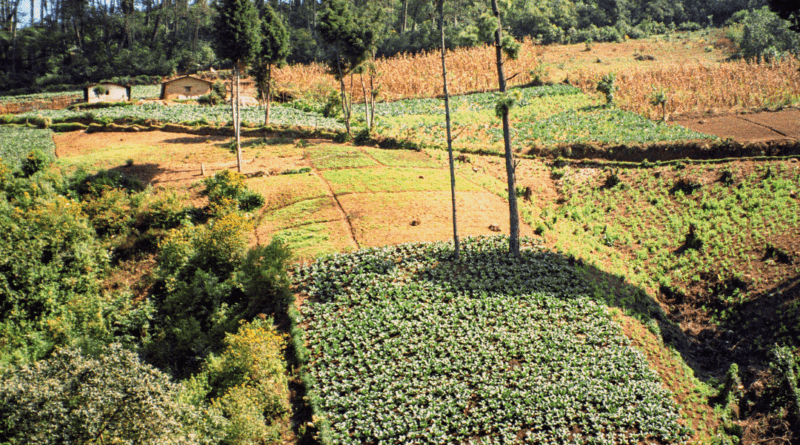Soil Erosion Prevention Strategies for Gardeners and Small-holder Farmers
Soil erosion is a major problem for gardeners and smallholder farmers in Kenya. The country’s terrain is predominantly hilly, and the heavy rainfall patterns make the soil highly susceptible to erosion. With soil erosion, the fertile topsoil, which is essential for plant growth, is carried away by water and wind, leaving the land barren and unproductive.
So, what can gardeners and small-holder farmers do to prevent soil erosion and preserve the health of their gardens?
Contour Farming
Contour farming is a technique used to reduce soil erosion by planting crops across the slope of the land, following the contour lines of the land. This technique works by slowing down the flow of water, allowing it to seep into the soil rather than rushing down the slope and carrying away topsoil.
To practice contour farming, gardeners and farmers need to plant their crops along the contour lines of their land, rather than planting them straight up and down the slope. They can also create small terraces or ridges along the contour lines to further slow down water flow and prevent soil erosion.
Plant Cover Crops
Planting cover crops is another effective soil erosion prevention strategy. Cover crops, such as legumes and grasses, are grown primarily to protect the soil from erosion, and they also improve soil fertility and reduce or eliminate the need for chemical fertilizers.
Cover crops work by creating a layer of plant material on the soil surface, which acts as a barrier to protect the soil from the impact of raindrops and the flow of water. The roots of the cover crops also hold the soil in place, preventing it from being carried away by wind and water.
Mulching
Mulching is a simple and effective technique for reducing soil erosion. It involves spreading a layer of organic material, such as leaves or straw, over the soil surface around the plants. Mulching helps to conserve moisture in the soil, reduce weed growth, and protect the soil from erosion by slowing down the flow of water.
Gardeners and small-holder farmers can use a variety of materials for mulching, including dry leaves, grass clippings, straw, or wood chips. They can spread the mulch around the base of their plants, being careful not to cover the stems or leaves of the plants.
Conservation Tillage
Conservation tillage is a technique that can use to reduce soil erosion while also conserving soil moisture and improving soil quality. This technique involves leaving crop residues on the soil surface after harvesting, rather than ploughing them under. The crop residues help to protect the soil from erosion, and they also add organic matter to the soil, which improves soil structure and fertility.
Conservation tillage is a particularly useful technique for gardeners and farmers who grow crops on steeply sloping land, as it helps to reduce the risk of soil erosion caused by heavy rainfall.


